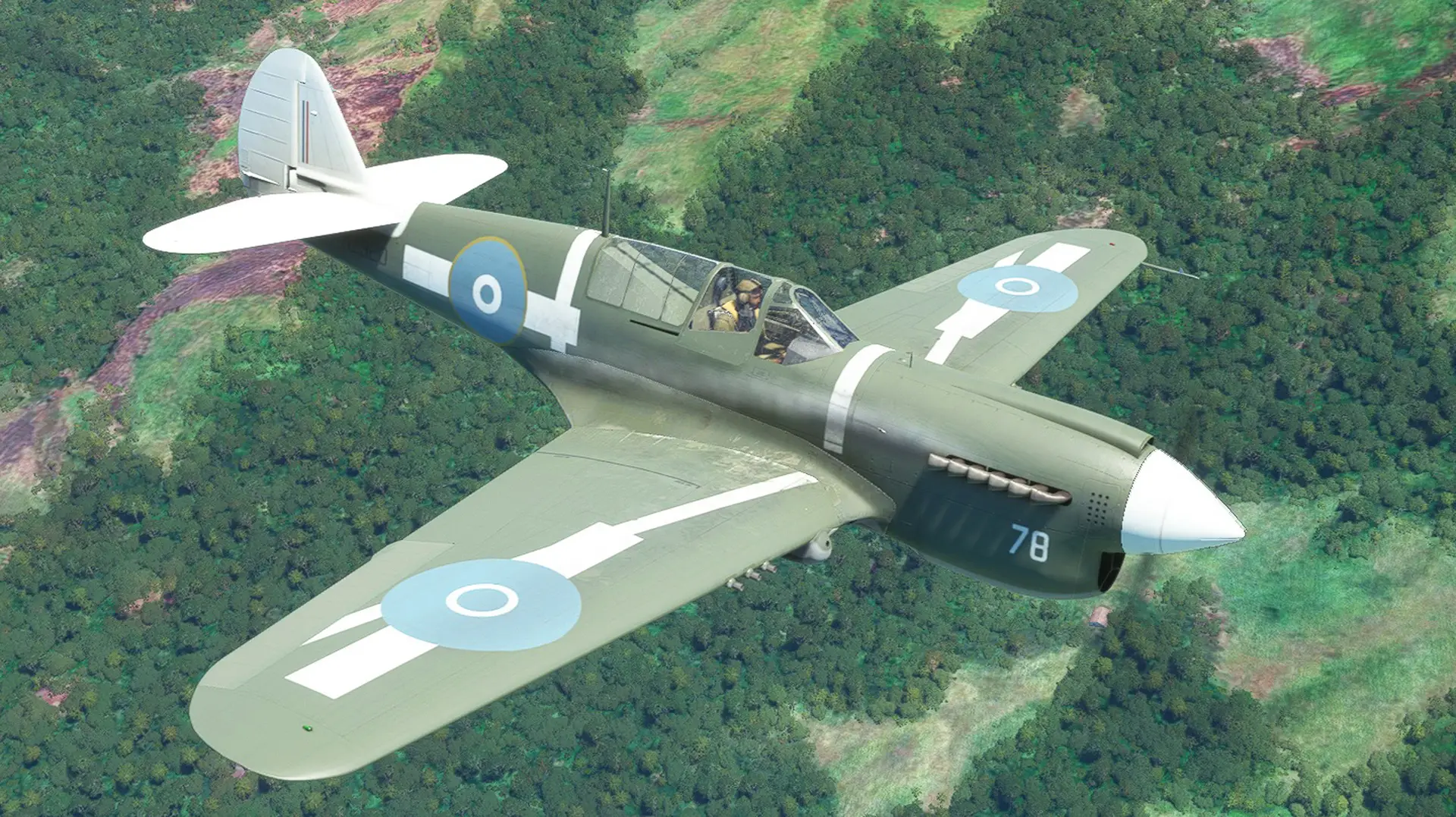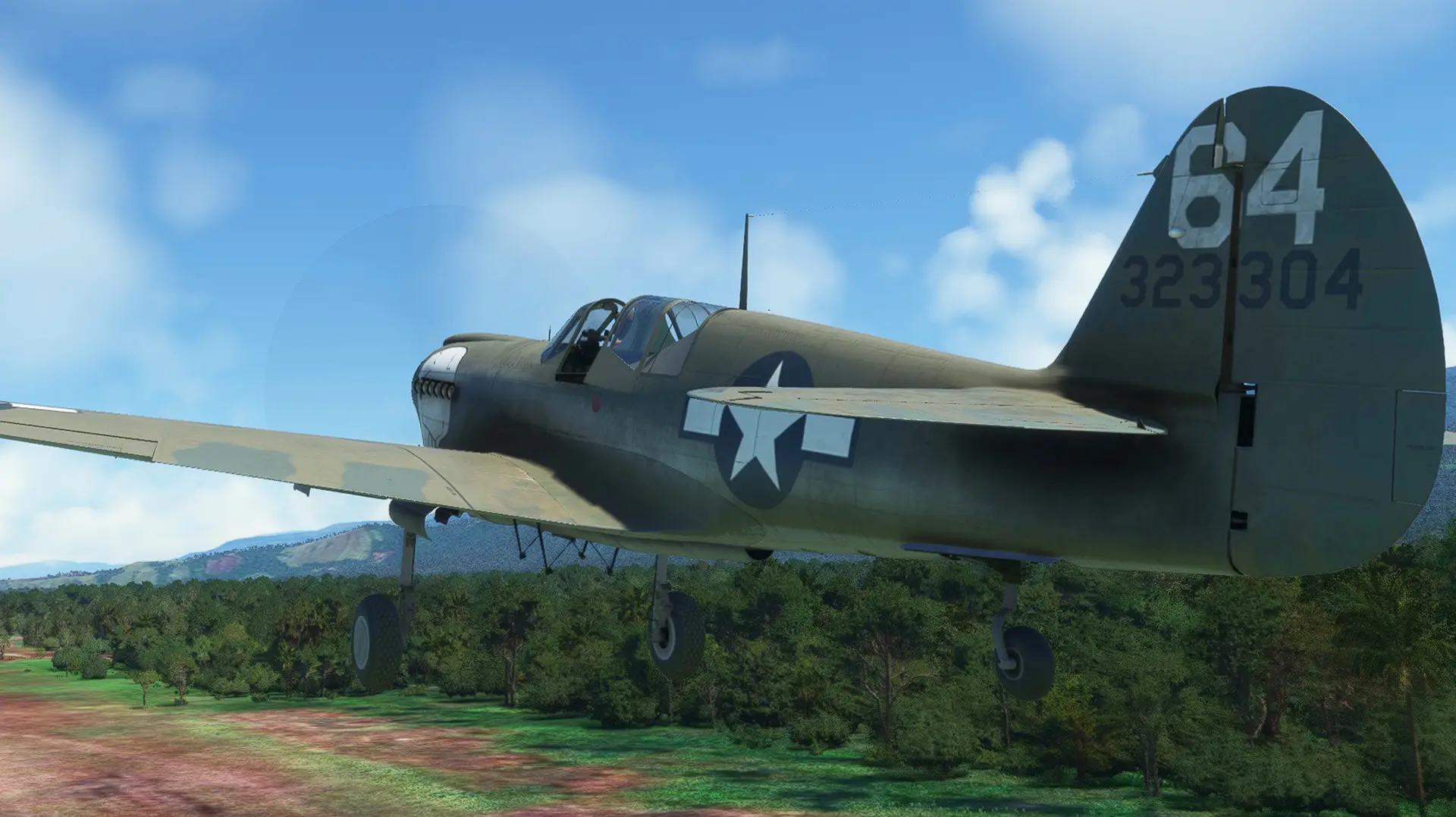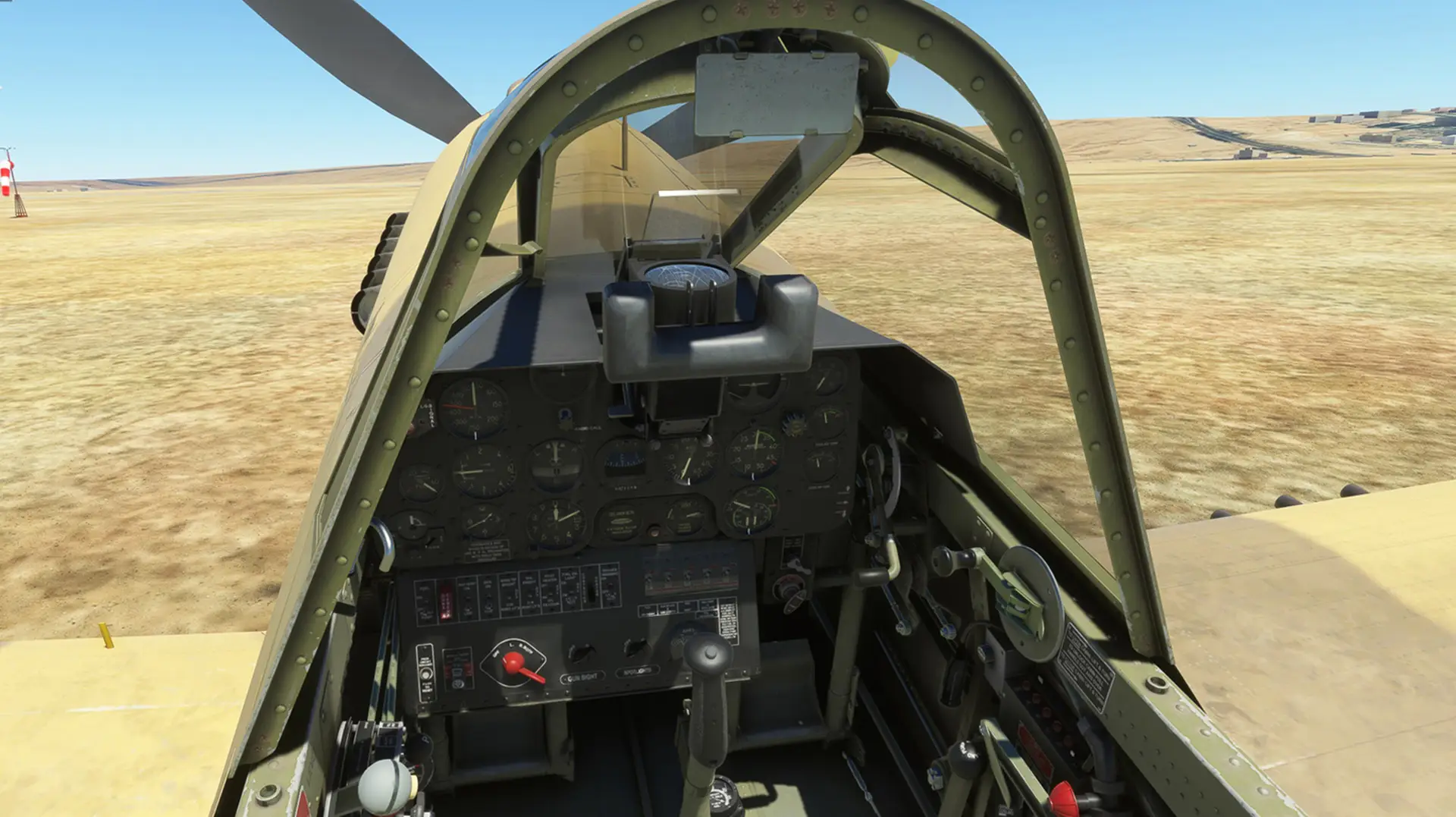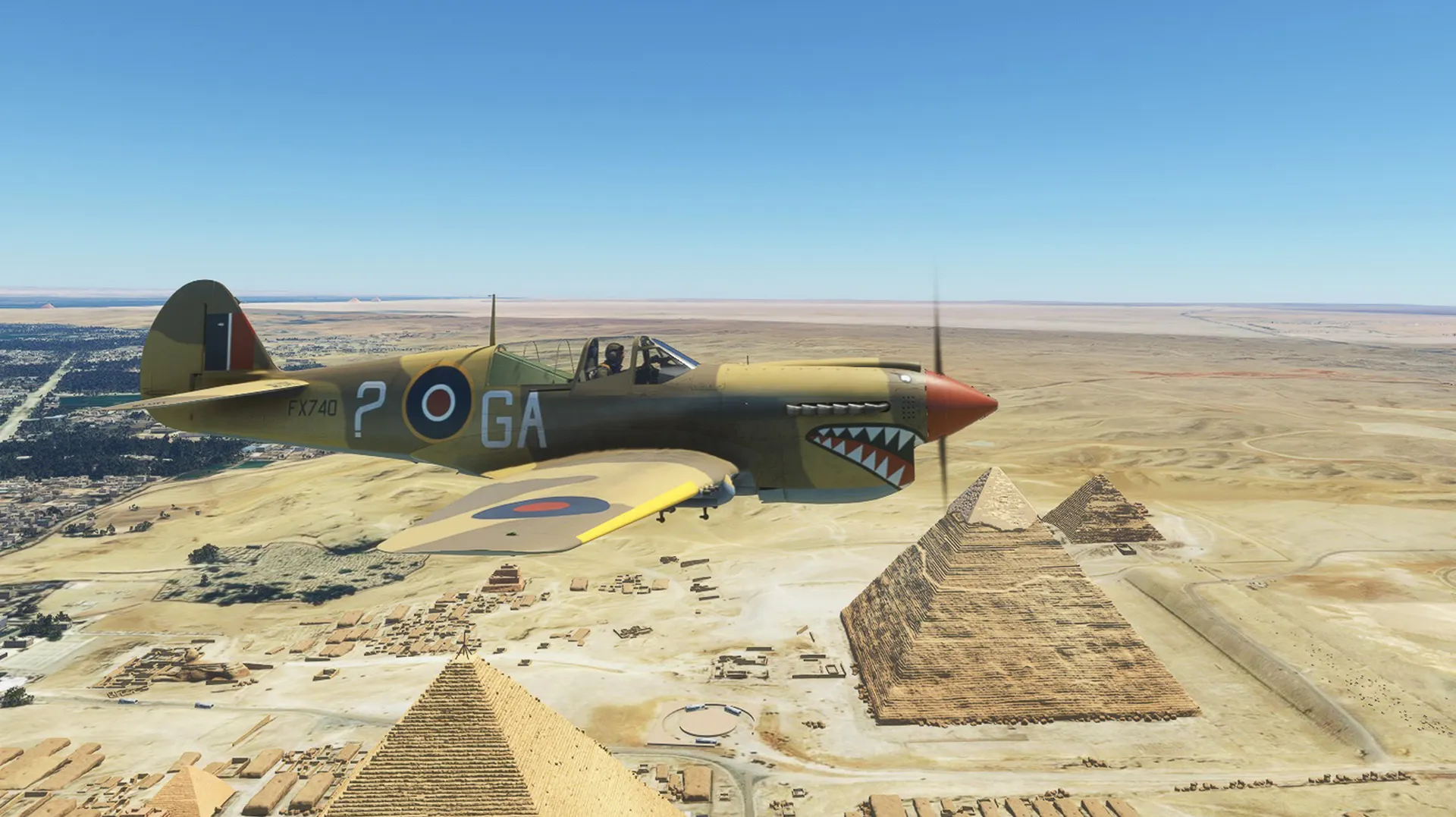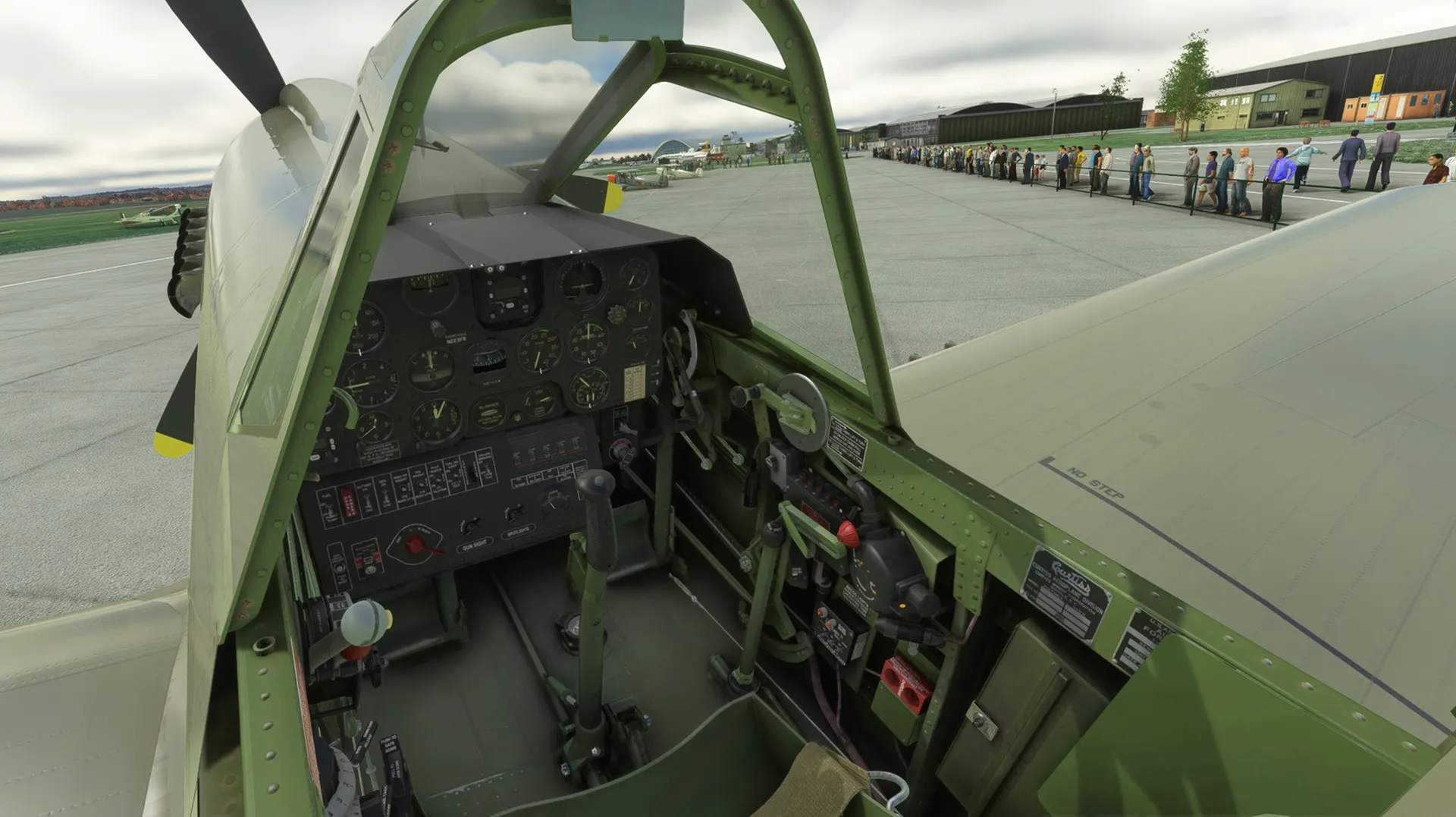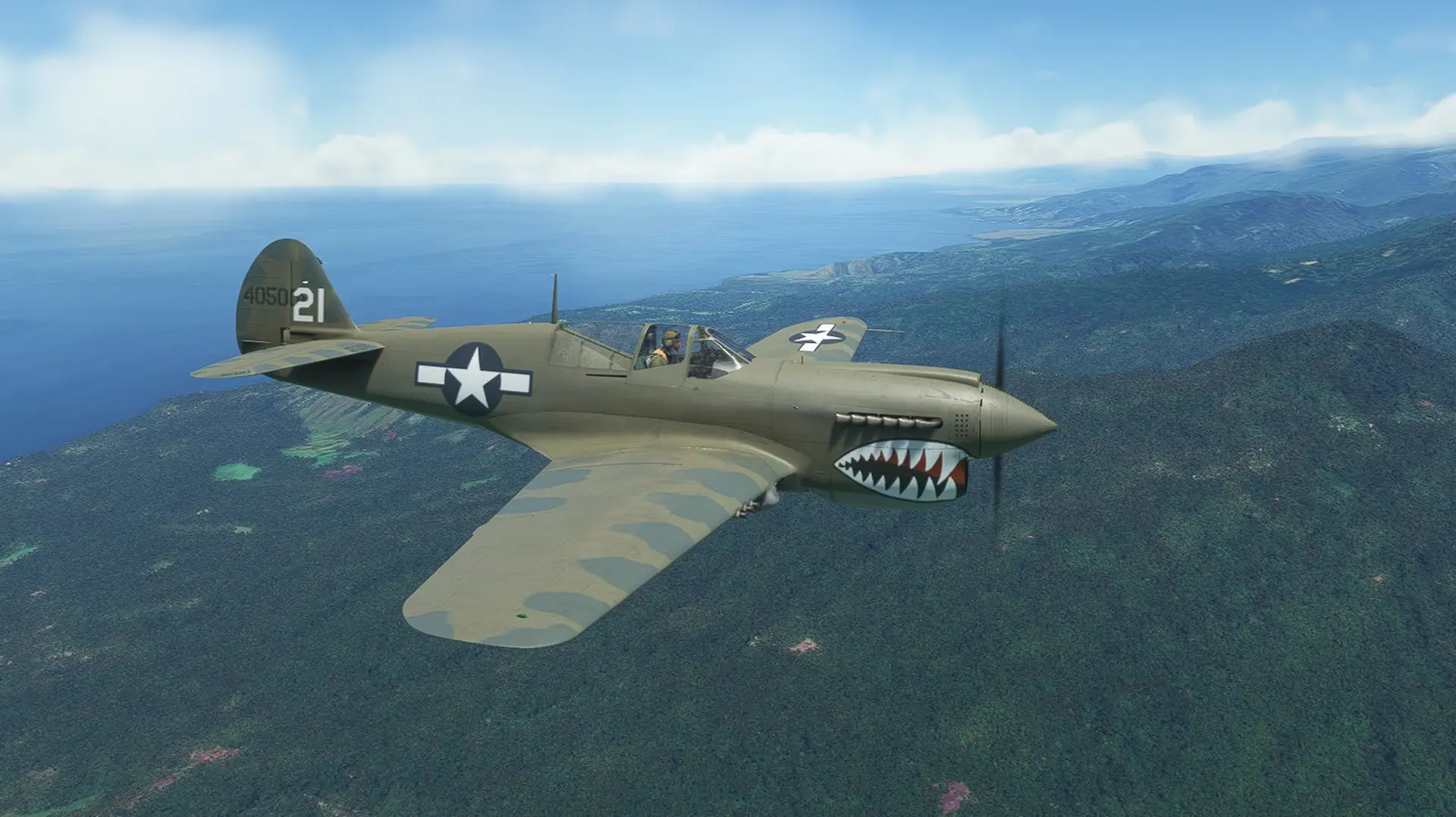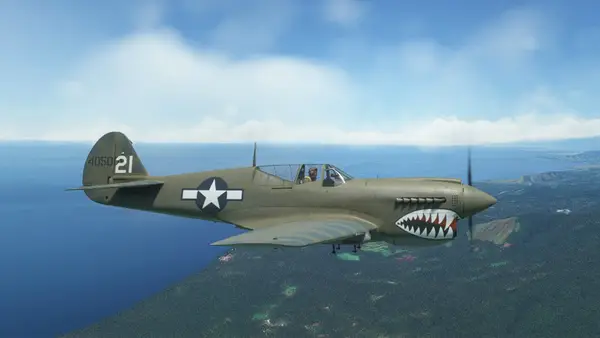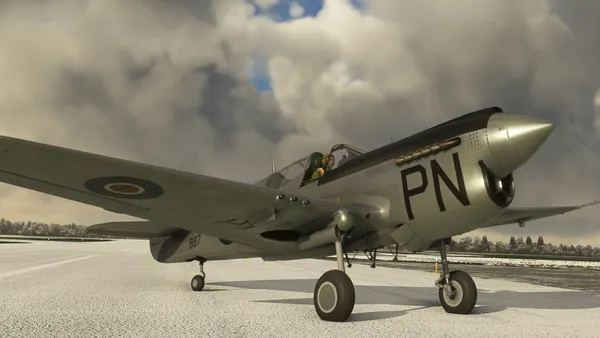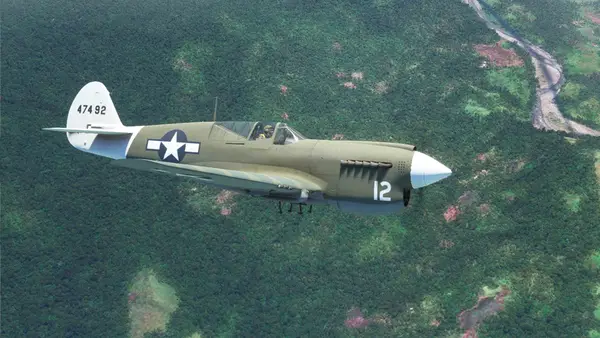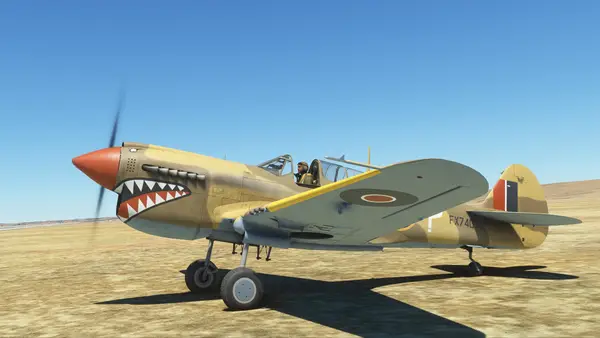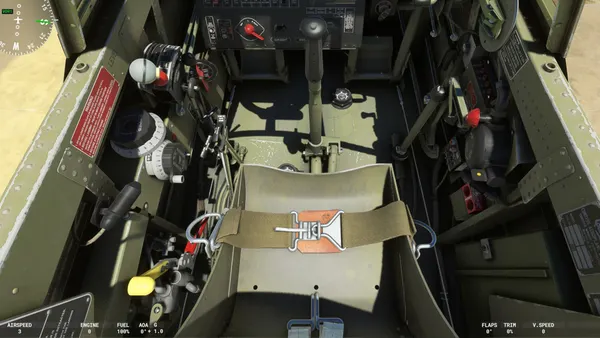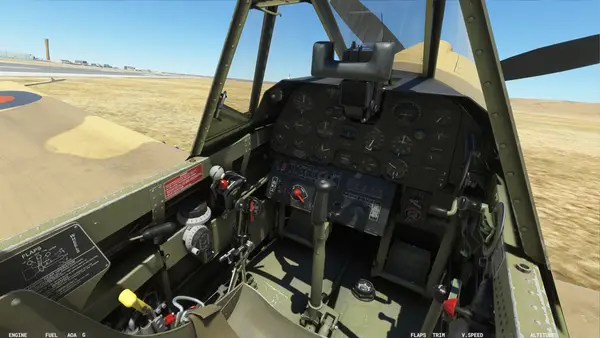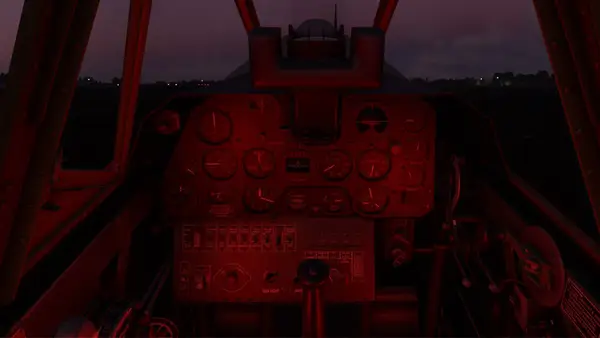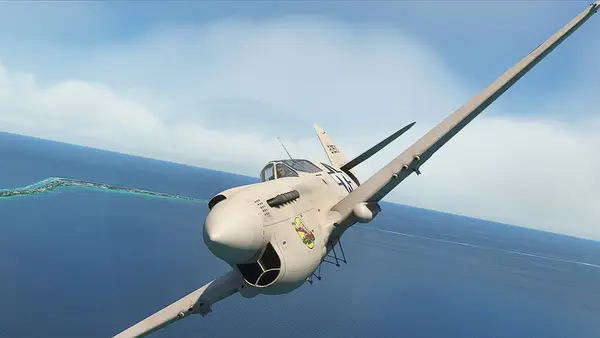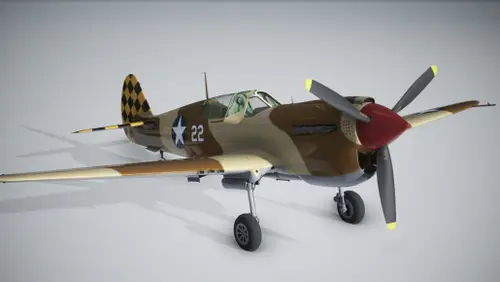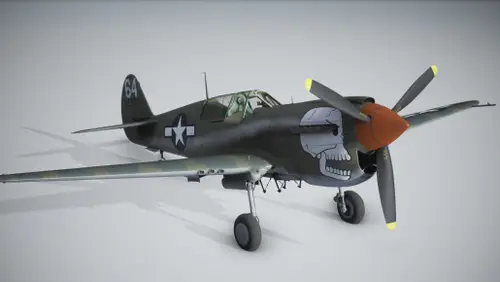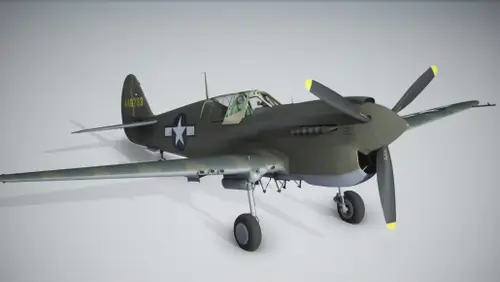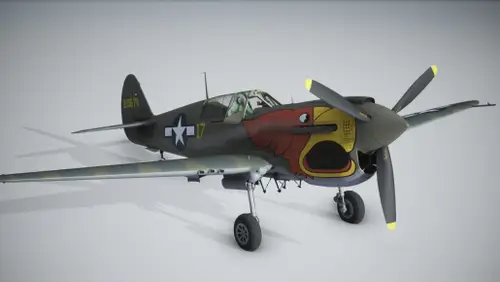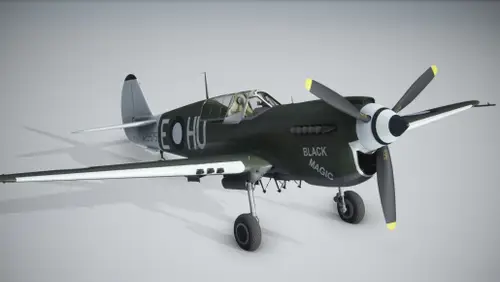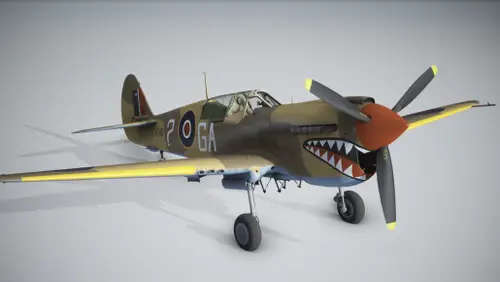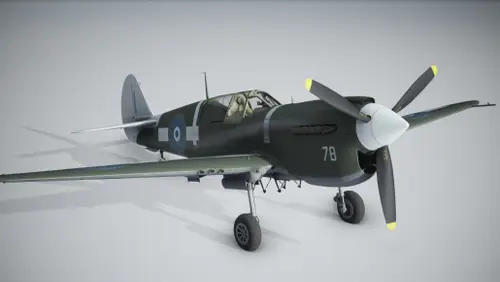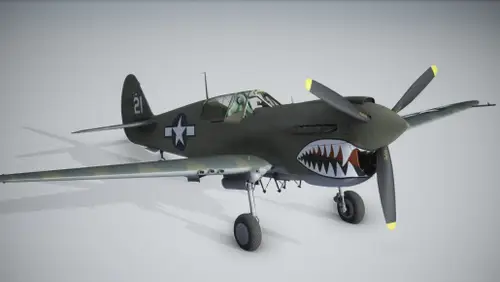The P-40N is a single-engine, single-seat fighter aircraft produced by Curtiss-Wright of the United States. The N was the final version of the venerable P-40 airframe, one of the most successful American combat aircraft of the Second World War.
The P-40, which Curtiss-Wright based on their earlier P-36 Hawk, took its maiden flight on October 14, 1938 and was introduced in 1939. The P-40N, manufactured from 1943 to 1944, incorporated a number of improvements over earlier models, notably making it lighter and faster. The company manufactured more than 5,200 N models.
The P-40N, like other members of the P-40 family, was considered a multi-role aircraft, capable of missions ranging from air superiority to reconnaissance. It was used most frequently, however, as a ground attack and light bombing platform. Armament varied, but most P-40N models had six wing-mounted .50 caliber machine guns and could carry up to 700 pounds of externally-mounted bombs.
The P-40N measures 31 feet, 9 inches in length, stands 12 feet, 4 inches tall, and has a wingspan of 37 feet, 4 inches. The aircraft features a standard tail unit and a retractable traditional undercarriage. It is powered by an Allison V-1710 V-12 piston engine that produces up to 1,150 horsepower and turns a Curtiss-Wright 3-blade, constant-speed propeller. The P-40N has a range of 750 miles, has a service ceiling of 29,100 feet above sea level, and climbs at 2,400 feet per minute. It cruises at 308 miles per hour and can sprint at up to 334 mph.
The P-40N Warhawk is one of World War II’s most distinctive and legendary fighter aircraft. In the cockpit, pilots can unleash a torrent of performance from the Warhawk, looping and rolling above the clouds, and racing straight-and-level at treetop level.

